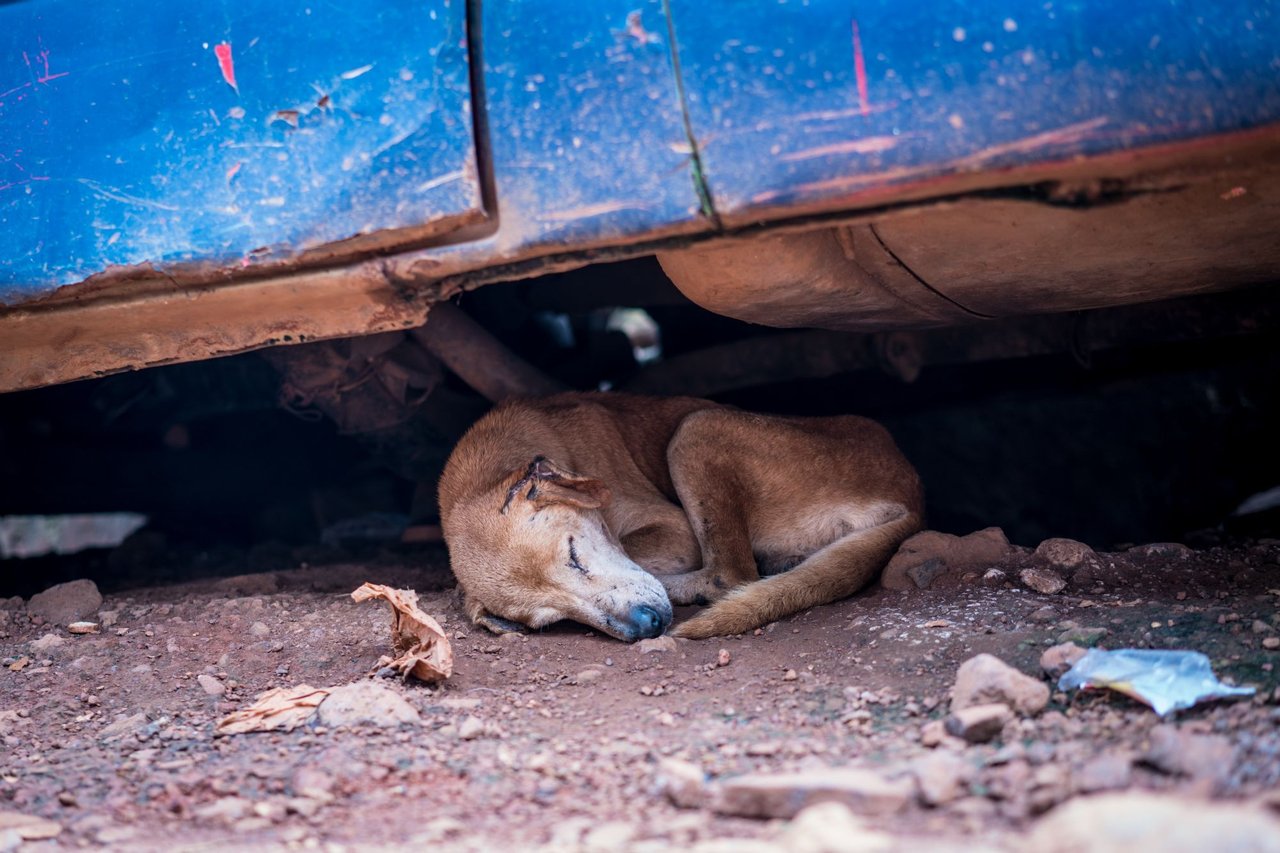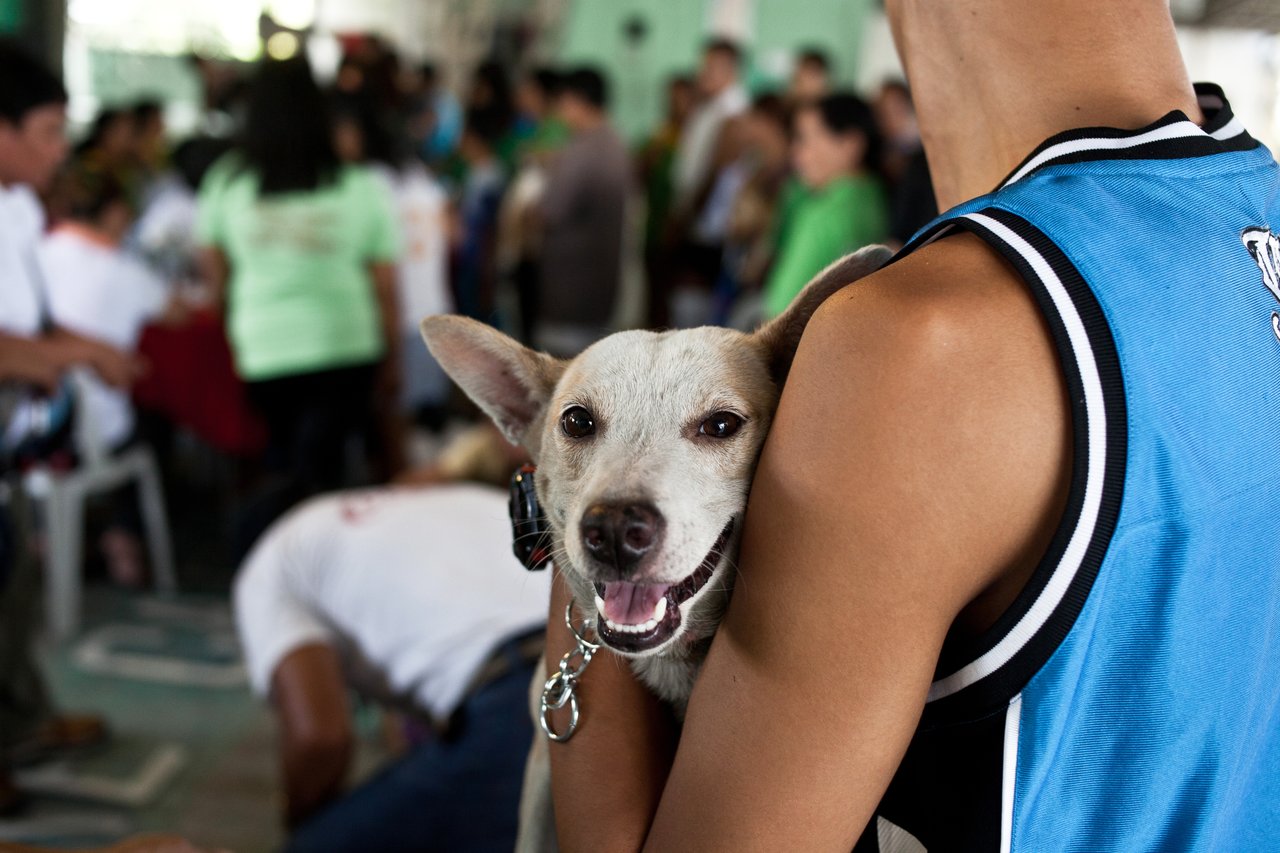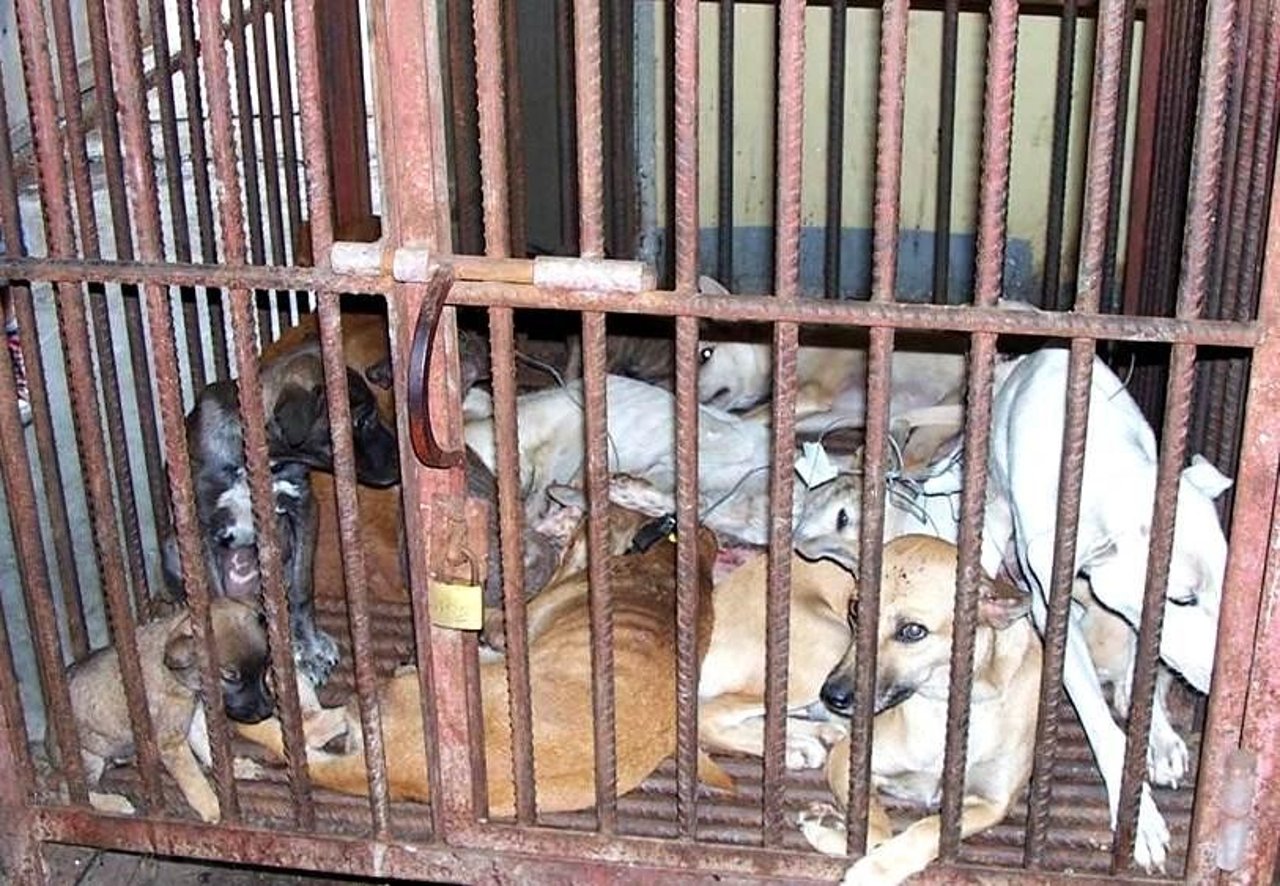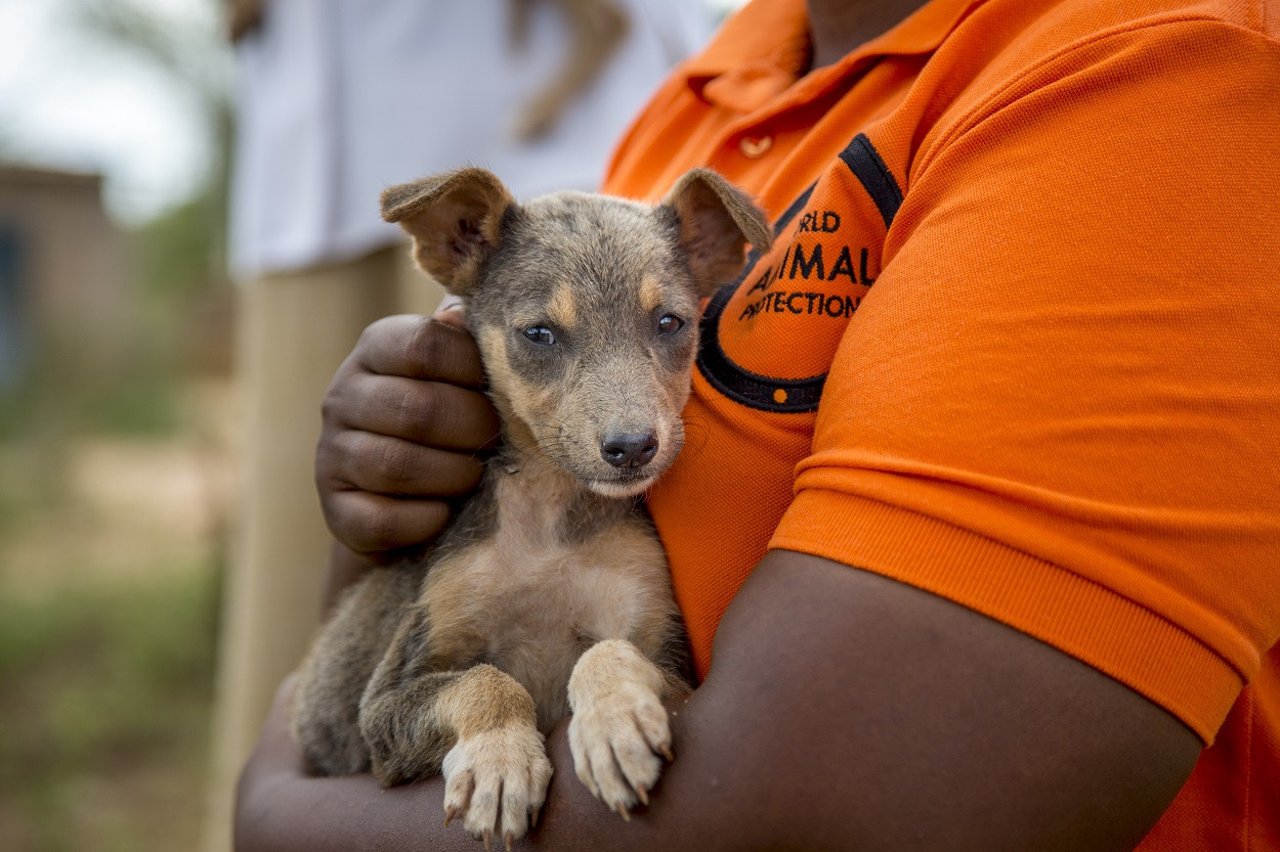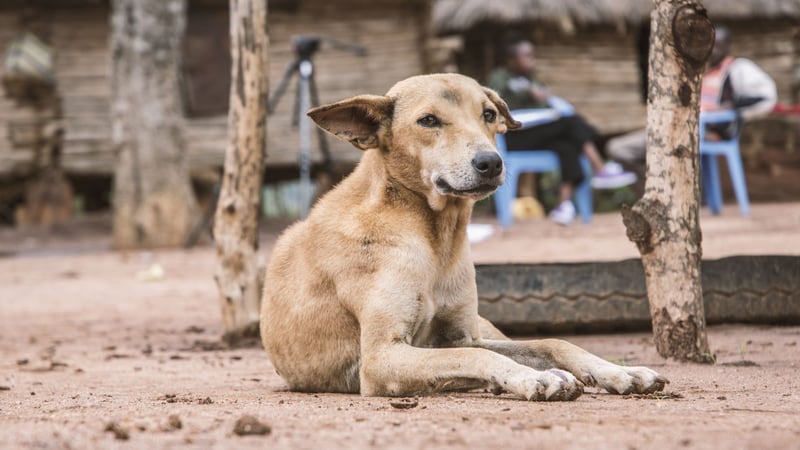
Zoonotic Influenza, Plague, Lyme disease and many more have individually recorded high mortality rates contributing to a sense of paranoia and general fear of stray animals especially dogs.
Fear of stray dogs
Many zoonotic diseases have notoriously plagued and infected various humans and animals since decades.
Zoonotic Influenza, Plague, Lyme disease and many more have individually recorded high mortality rates contributing to a sense of paranoia and general fear of stray animals especially dogs. A fear, keeping us on our toes so as to not contract a possibly deadly disease but often resulting in forming a warped outlook towards these very animals by viewing them all as vicious and feral is something we are familiar with as a society.
A very common occurrence of this thought can be seen in the case of dogs who are continuously misconstrued as savages, rabid and feral animals— an often-unfounded logic seen in most cases of mistreatment of dogs, their abandonments and even gruesome deaths.
Anti-Rabies Vaccination — a modern medical marvel
A discourse on rabies has always taken two prominent sides: the speculative comprehensions about the disease vs. the hardcore facts about the infection and subsequent treatment options for the victim and the infected host.
Various epidemiological surveys and studies across India that have categorically investigated dogs vs. disease ratio seem to have one common factor i.e. lack of awareness regarding Animal Birth Control (ABC) programs.
Rigorous campaigning is the need of the hour in order to educate and elucidate the society about Rabies. The dearth of active discourse to debunk myths and unscientific speculations about rabid dogs or health hazards has predominantly resulted in uncontrolled dog population in many cities and metropolitans in lower income countries.
In the event of a stray dog bite and to avoid the risk of contracting this highly infective virus, the Anti Rabies Vaccination is usually the first and most important course of treatment that is given to the patient.
According to WHO, this vaccine can be administered in two separate cases: the first being as a ‘pre-exposure vaccination’ advisable to people who are at a high risk of contracting the virus (researchers, animal handlers and/or travelers) and the second one, which is a must in countries reporting relatively high cases of dog bites or animal bites where the animal may be suspected to be an infected host.
Advanced Immunological research in this case has further resulted in formulating a potentially promising and lifesaving Anti Rabies Serum (ARS) which when administered in conjunction with the ARV, provides passive immunity and prevents chances of being infected by the virus in the future and most certainly is a promising modern medical marvel.
Increasing population or decreasing solutions?
There are no two ways about the fact that free roaming dogs and transmission of this disease are interlinked and as a result effective strategies of dog population management can definitively make a dent in the number of reported Rabies cases.
Rabies continues to pose a threat as an epidemic in India and several other low-income countries, with little information and ground research to make beneficial policy changes and scientific advancements.
Although to recover from this dearth of usable information, this past decade has seen the implementation of various promising epidemiological and microbiological studies that are being actively carried out across the country by various eminent organizations such as World Animal Protection and WHO.
Culling as a practice for dog population management continues to remain historically ineffective and highly inhumane; this leaves room for an active discourse on effective, feasible and humanitarian strategies and guidelines that, if followed by a community can help effectively control the population numbers and curb the high rates of disease infections.
Responsible dog ownership is one such strategy that holds the members of the society as custodians of change, inculcating a sense of responsibility in moderating change at a community level and ultimately benefitting both parties.
Furthermore, as dog population and their turnover numbers are tightly linked and dependent on human actions, a community level involvement is the need of the hour. Lack of awareness about Animal Birth Control programs and their subsequent vaccinations further contributes to the lack of public trust or information about existing solutions to these problems and instead prefer to let this highly infectious disease go unnoticed.
The missing piece of the puzzle
With continuing advancements in research, surveys and campaigns spearheaded by a majority of like-minded individuals and organizations, constantly working towards debunking the misconceptions, building a positive and pro-animal attitude; there continues to be a paucity of techniques and methods resulting in refined results and repercussions for both the community and dogs.
We continue to survive in an era of zoonotic diseases and similar to the existing Coronavirus pandemic, our planet faces a future possibly riddled with more epidemics and pandemics.
Thus, evolution as a society by actively educating and taking action are vital to the existence of humans and dogs alike — a simple effort preventing heinous obliteration and misconstruction of man’s best friend.
For more details of the Volunteer ( Swagatama Mukherjee):
Facebook: https://www.facebook.com/swagatama.mukherjee/
Instagram: https://www.instagram.com/abufferingbrain/
Linkedin: https://www.linkedin.com/in/swagatama-mukherjee-7a1802149/
Twitter: https://twitter.com/SamMukherjee247
Please Note: The views expressed by the author do not necessarily represent those of World Animal Protection.
About the Volunteer: With a love for Ecological sciences and scientific journalism, Swagatama Mukherjee is a postgraduate student in Microbiology and also a bibliophile with a penchant for fine arts and Graphic design.
